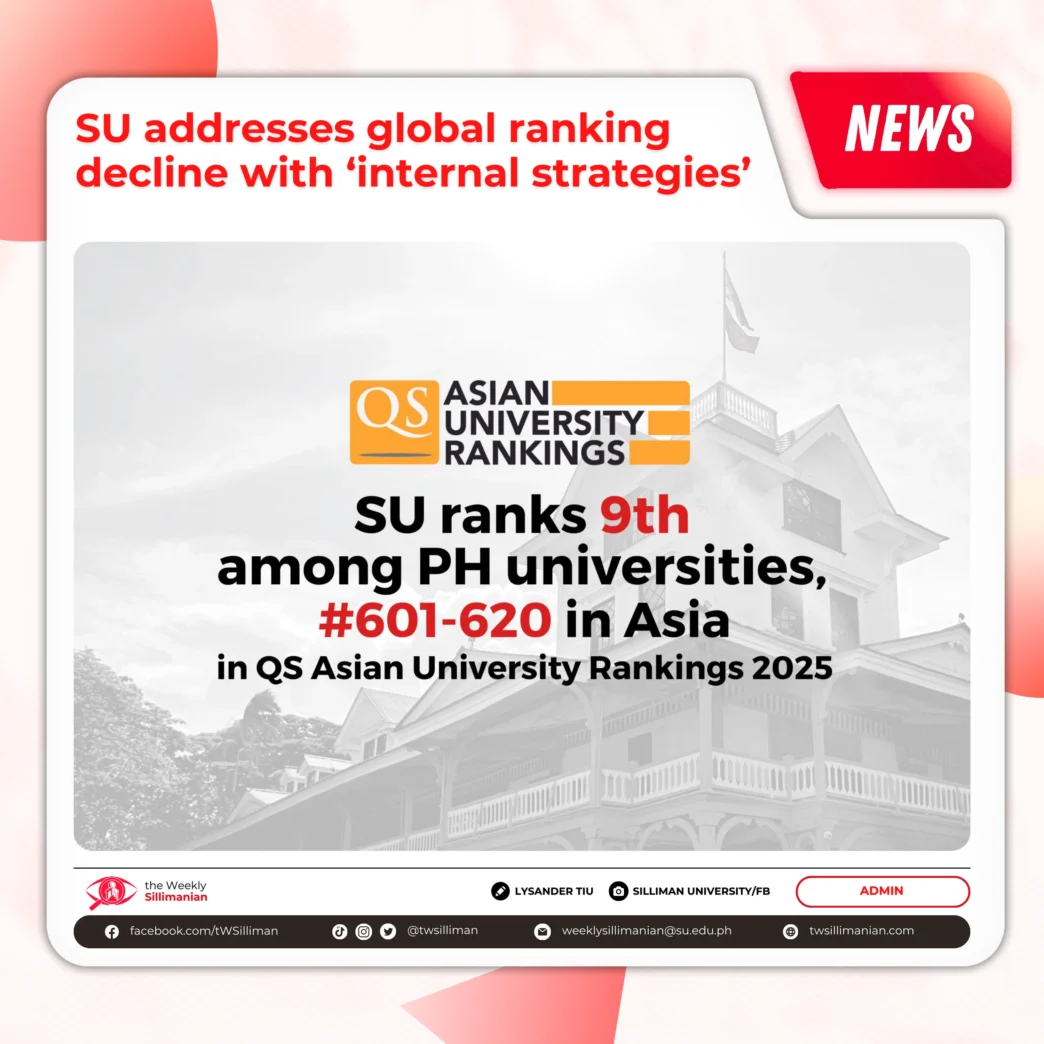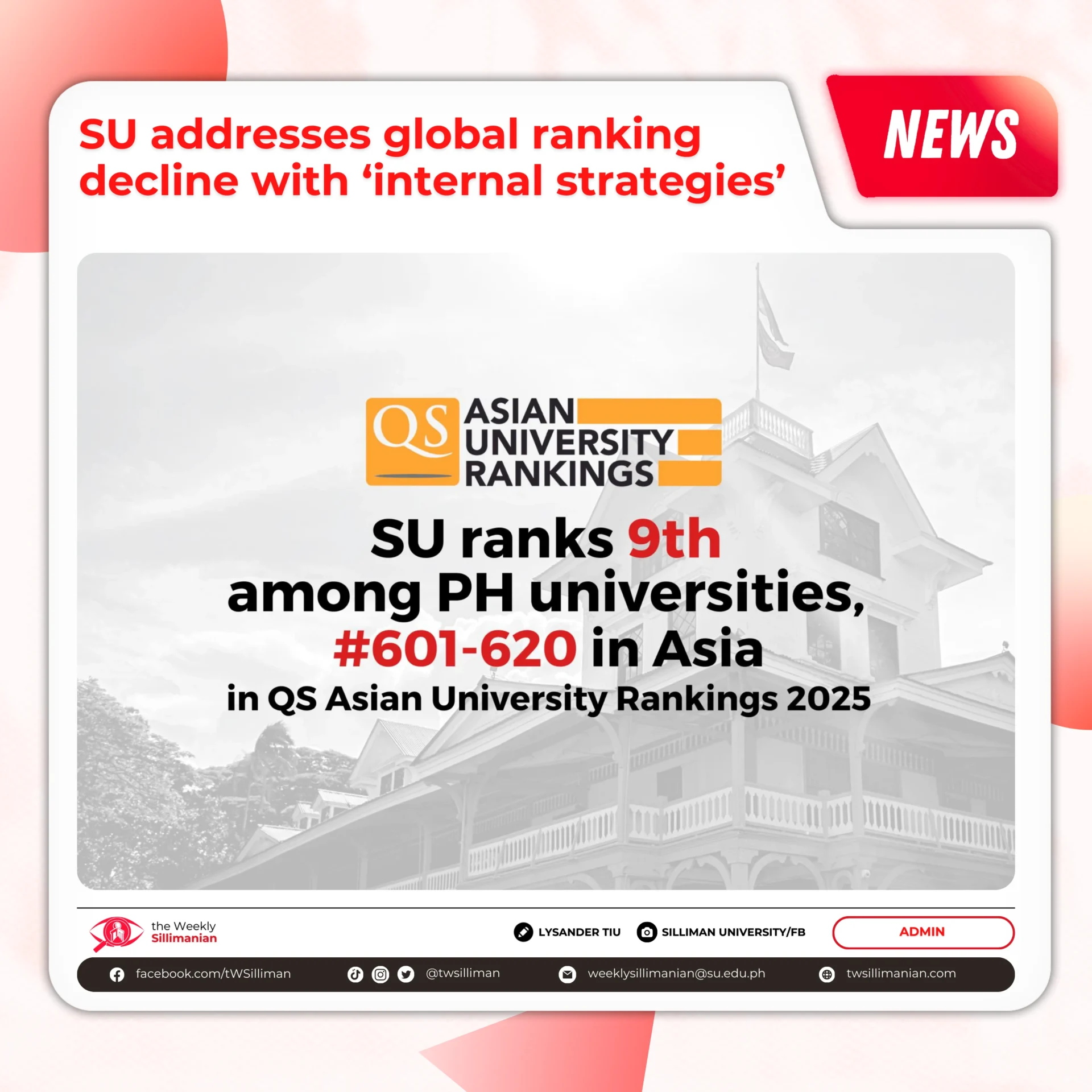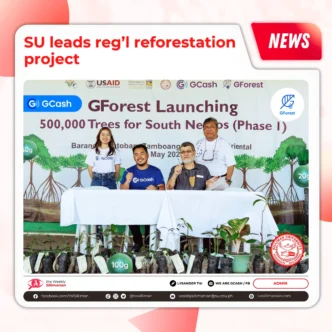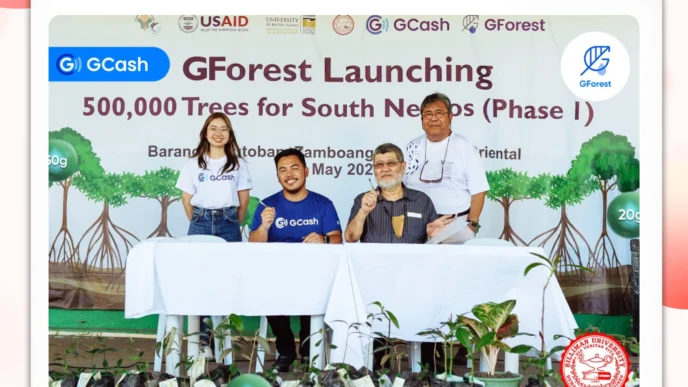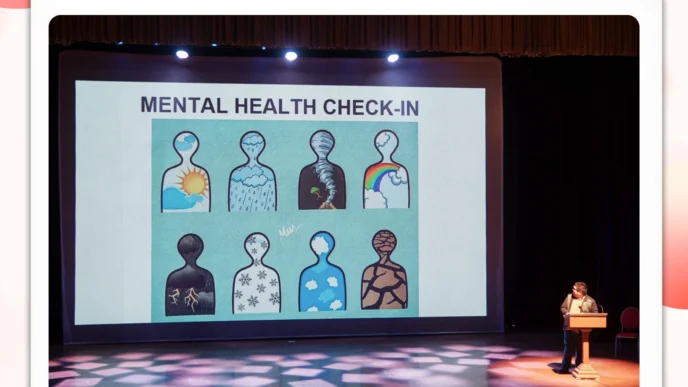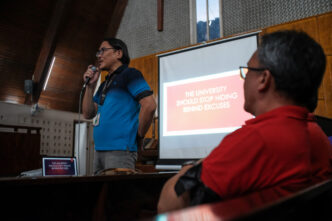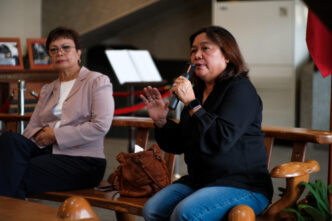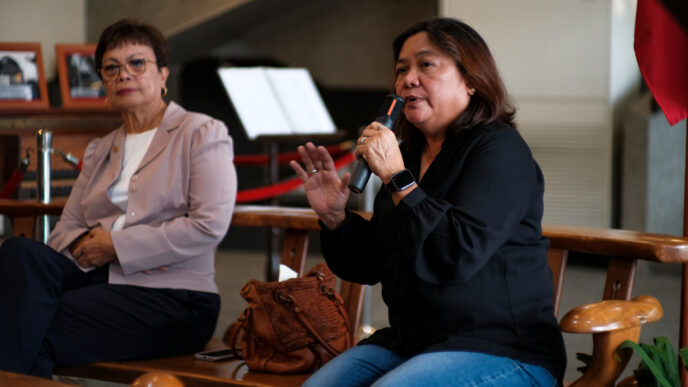By Lysander Tiu
Despite a decline in global rankings, Silliman University (SU) President Betty Cernol-McCann asserted that the university’s placement reflects its commitment to “naturally-formed” efforts.
In the 2025 Quacquarelli Symonds (QS) University Rankings published last Nov. 6, SU placed in Asia’s 601-620 range and secured the spot as No. 9 in the Philippines.
SU scored its highest mark in “Faculty Student Ratio” with 35.7 and its lowest in “Outbound Exchange” with 1.2.
This posed a decrease in the university’s rankings compared to previous years when it was placed in higher ranges.
In response, McCann stated that the university is internally driven by its mission and vision rather than externally driven by global ranking standards such as QS.
“For SU, we pay more attention to our own national accreditation and it’s a plus factor when we go into global rankings. But there are criteria [in the QS rankings] already being taken into consideration in our national accreditation standards,” she said.
McCann noted that many factors affect global ranking and institutions have different criteria for determining “quality education.”
QS ranks universities across the world based on key indicators such as research and discovery, employability and outcomes, learning experience, and global engagement.
Lacking areas
McCann revealed that the university lacks internal allocation of funds for research activities and development.
“In effect, we have [a] multi-million research fund, but not necessarily a big allocation from internal funds, because we cannot afford to have that compared to public institutions,” she said.
Meanwhile, SU Faculty Association Union President Jonathan Mark Te said that faculty recruitment has remained the same over the years since most college academic units lack faculty members.
“SUFA hopes that the university addresses its inability to attract new teachers. While we do have a faculty complement that is good for the current setting, it is not feasible moving forward,” Te shared.
Moving forward
McCann stated that SU will respond to challenges by focusing on its “sustainability dimension” and by partnering with external agencies.
“When there is a good match, a good link between our own strategies and those that we work for the global rankings, then we really pursue those the most we can,” she said.
Recent developments formed by SU include the Reforestation in South Negros Project and the construction of the Sinergy Fabrication Laboratory.
McCann also emphasized that they will “do their best” to attain global rankings without “manipulating” the criteria.
She revealed that some institutions have offices that will “do all the figures,” manipulate, and increase their presence online.
“If we also try to play the game, will we be happy if we are in the top 10 tapos [and] we did our best to manipulate those criteria?” McCann said.
Trend in rank decrease
SU qualified for the QS rankings in 2013, logging in the 251-300 range in Asia and earning recognition as the No. 6 university in the Philippines.
Moreover, SU joined the South Eastern Asia category in 2023, listed as No. 88, and currently stands as No. 105.
During the last nine-year period of the rankings, SU’s placement in Asia dropped from the 251-300 range in 2016 to the 601-650 range in 2024.
Among the changes in key indicators, SU’s “Employer Reputation” reached its highest mark of 22.5 this year, while its “Citation per Paper” remained null until 2024.

